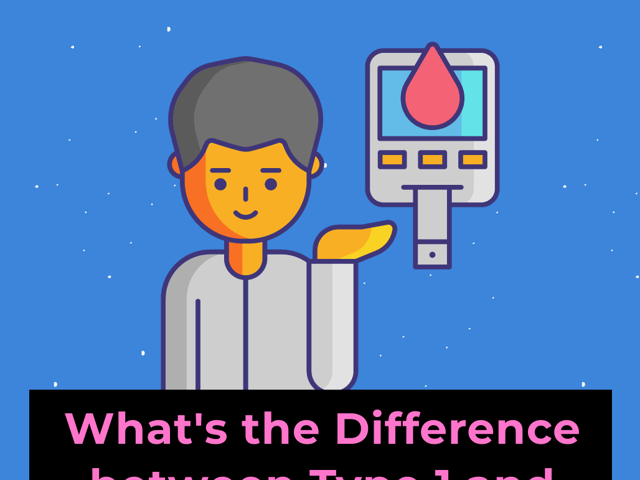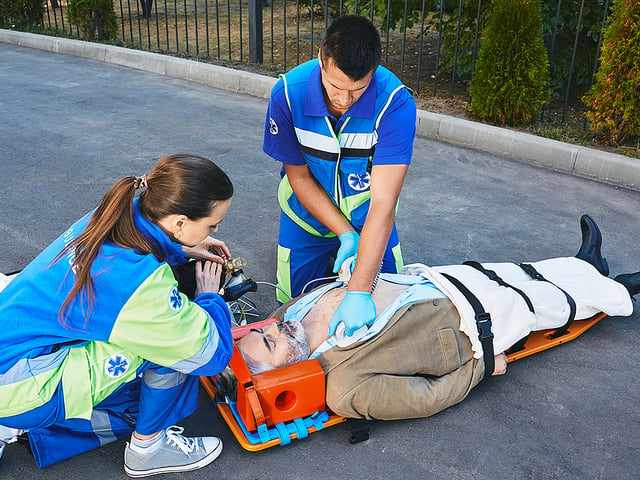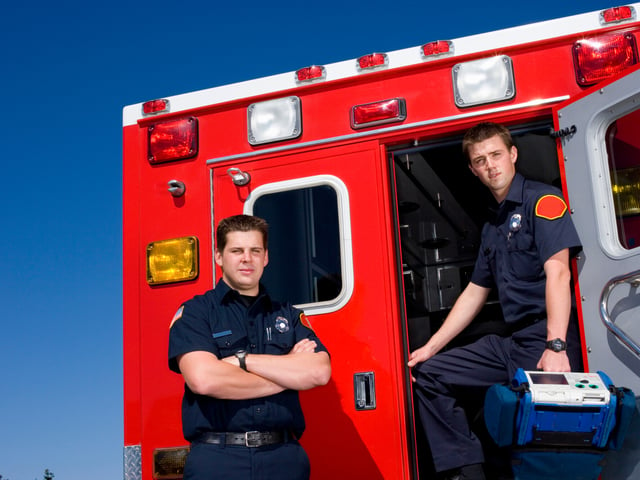
What’s the Difference Between Type 1 and Type 2 Diabetes?
Diabetes mellitus, most often called diabetes, is a metabolic disorder involving insulin production and use. In Type 1 diabetes, the body does not produce the hormone insulin. Those who are diagnosed with Type 2 diabetes are resistant to insulin or do not produce enough.
Insulin and Blood Glucose
The food we eat is turned into energy, which is called glucose, commonly known as sugar. Insulin helps transport glucose to the cells of the body. When someone has diabetes, the insulin is unable to transport the sugar to the cells, resulting in high blood glucose levels.
The Two Types and the First Responder
The first responder must understand all types of diabetes because the importance of identifying the signs and symptoms of a particular diabetic emergency is crucial for the appropriate treatment. Here are the basic facts about these two types of diabetes.
Type 1 Diabetes
-
The body is unable to produce insulin.
-
It is an autoimmune condition where the body attacks the cells in the pancreas.
-
It is usually early-onset affecting adolescents, but sometimes develops in later years.
-
It affects 8% of people who have diabetes.
-
The symptoms appear quickly.
-
It is managed by insulin pumps or injections.
Type 2 Diabetes
-
The body cannot make enough insulin or is resistant to what is made.
-
Lifestyle choices can be determining risk factors.
-
It usually has a later onset affecting adults, but is sometimes seen in children.
-
It affects 90-95% of people who have diabetes.
-
Symptoms appear more slowly.
-
It is managed by medication, diet, exercise, and occasionally insulin.
Treatment Differences
The treatment for both types of diabetics depends on their blood glucose level. When a patient is hypoglycemic or has low blood sugar, they need glucose. When they are hyperglycemic or have high blood sugar, they need insulin and fluids, which is ultimately treated in the hospital setting.
The most critical thing to understand about a diabetic emergency is identifying and treating hypoglycemia vs. hyperglycemia. Being that diabetic issues are one of the most common emergencies you will encounter in the field, it’s crucial to understand the pathophysiology of this disease.

Keep Reading

Emergency Medical Technician Test Blog
How Many Questions are on the NREMT?
The National Registry of Emergency Medical Technicians (NREMT) exam is …

Emergency Medical Technician Test Blog
How Hard is the EMT Test?
EMTs (Emergency Medical Technicians) are required to have strong medica…

Emergency Medical Technician Test Blog
What Is a Passing Score on the NREMT Exam?
The job outlook for EMTs and paramedics is strong. The Bureau of Labor …